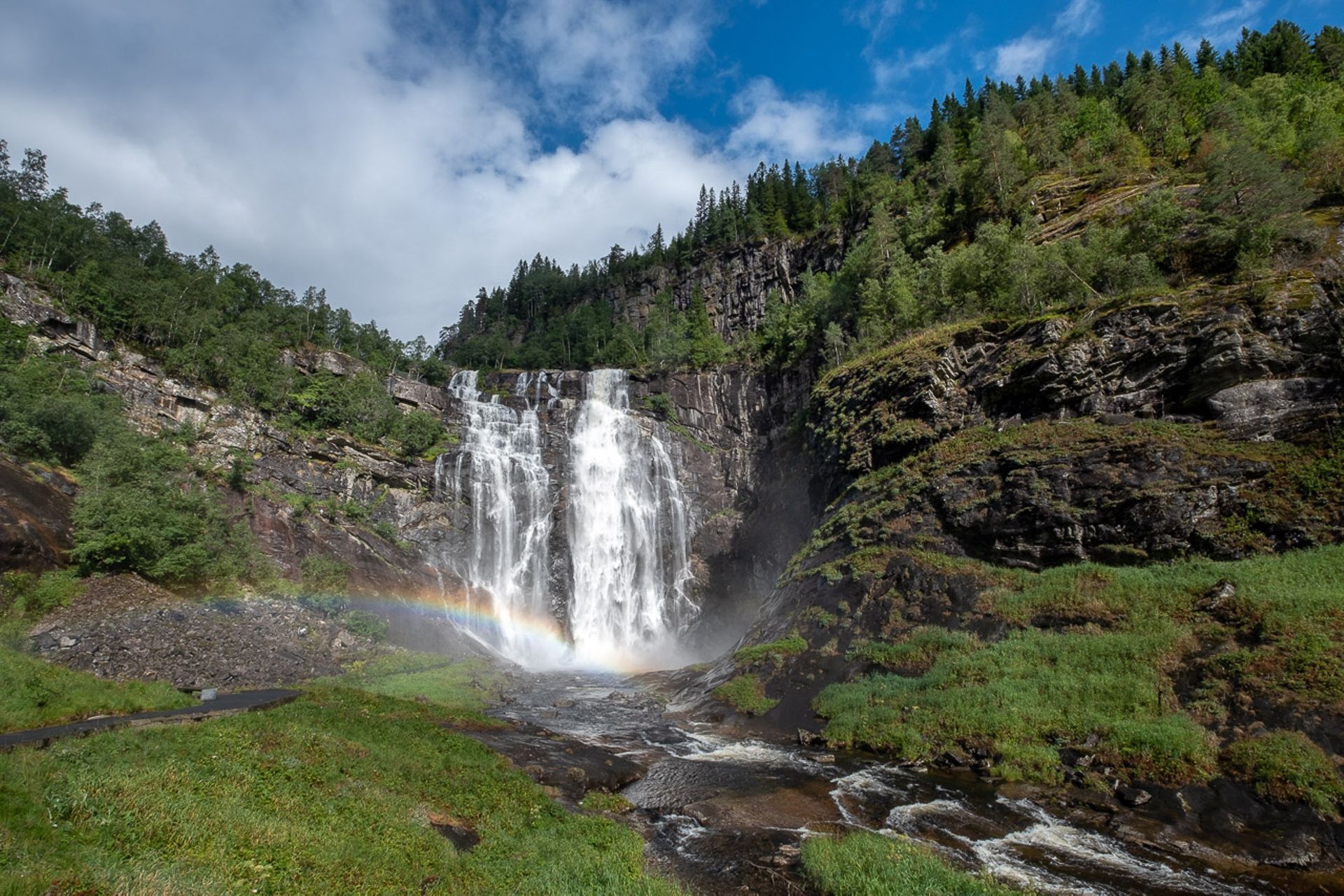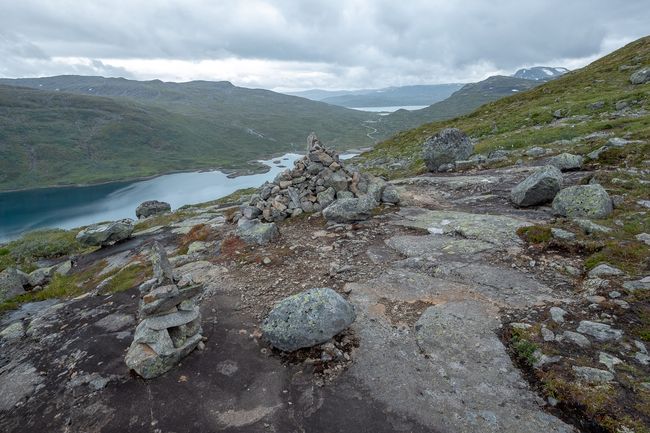Day 21 - Crossing to the Lofoten
Wotae: 20.08.2018
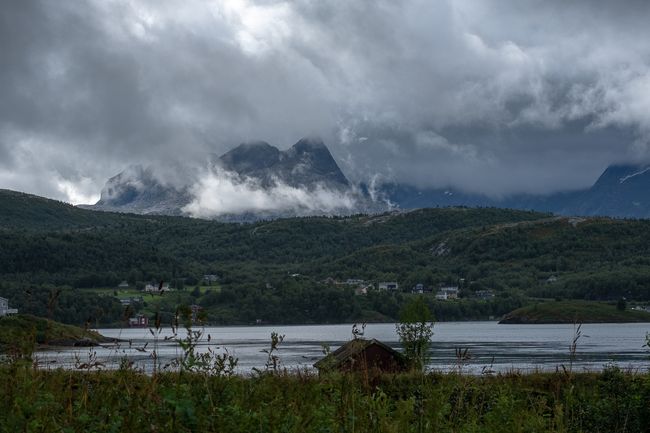
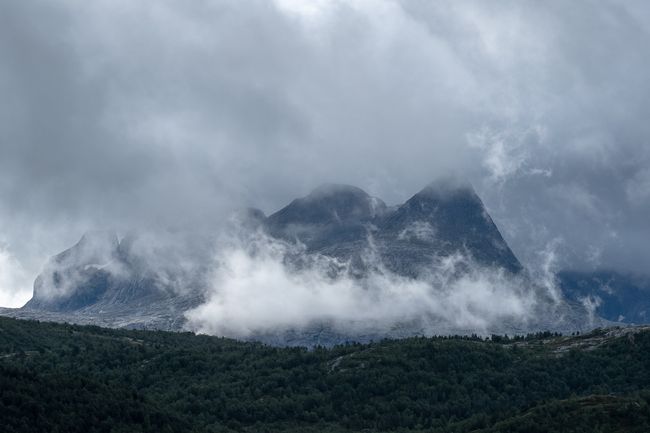
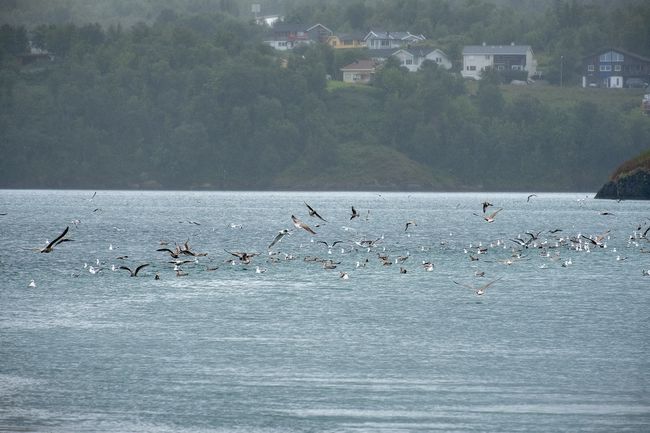
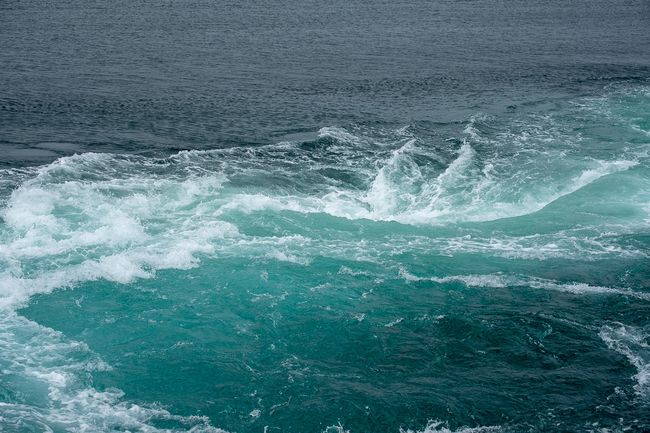
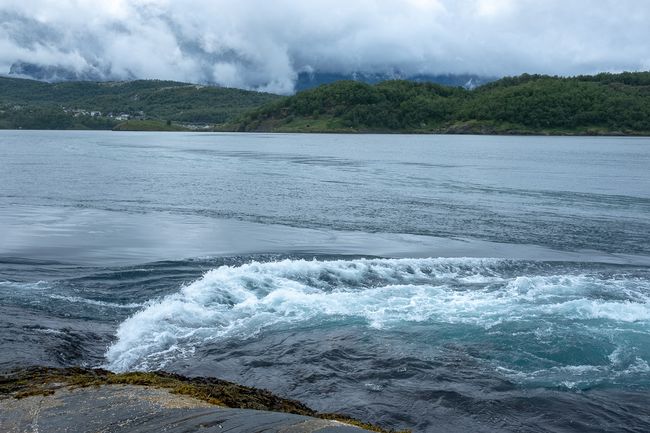
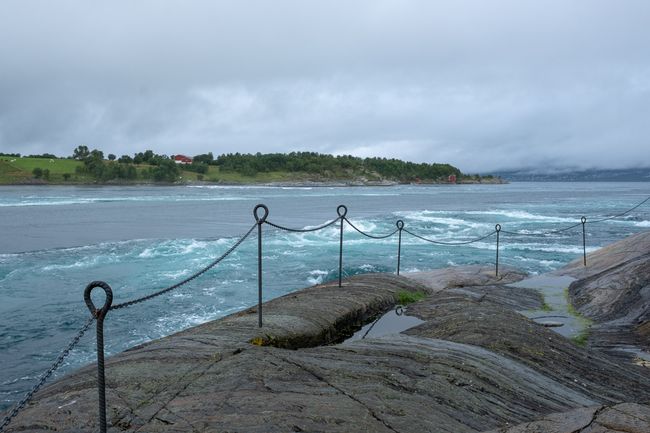
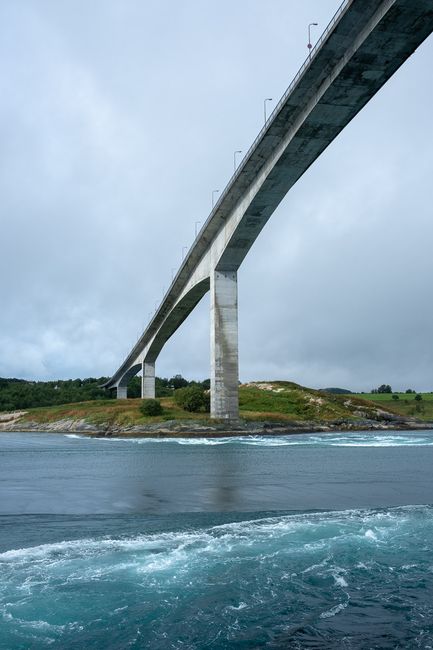
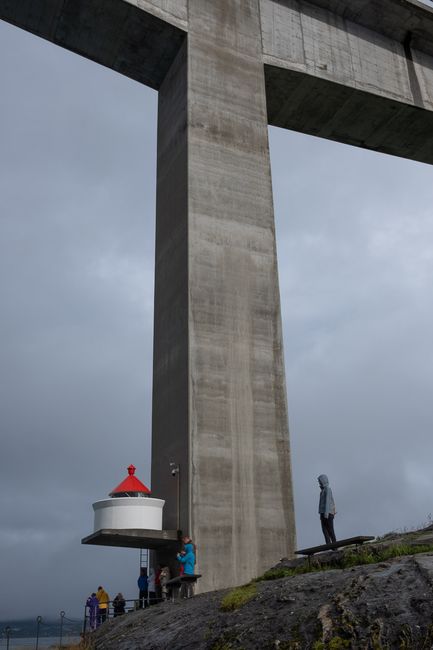
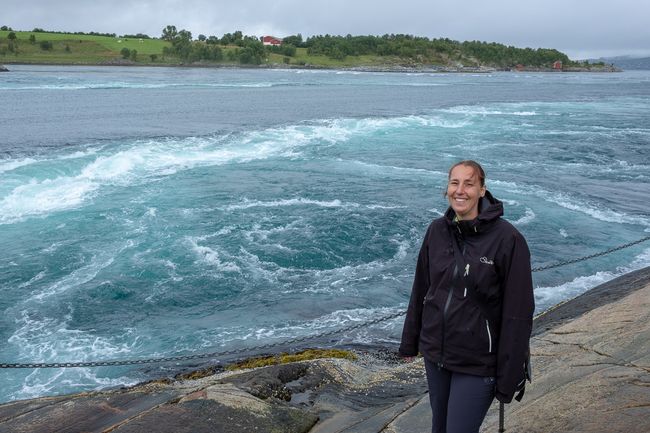
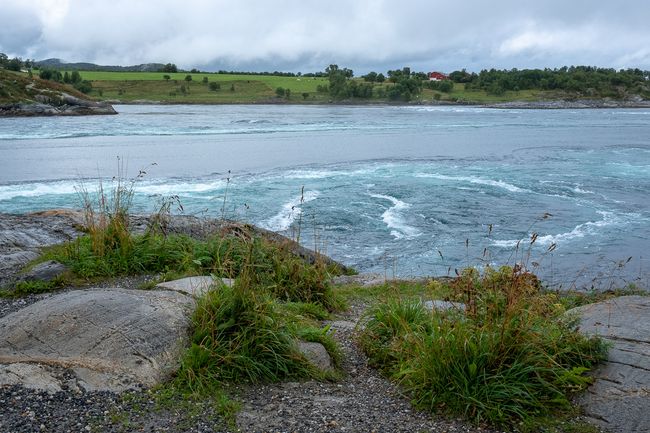
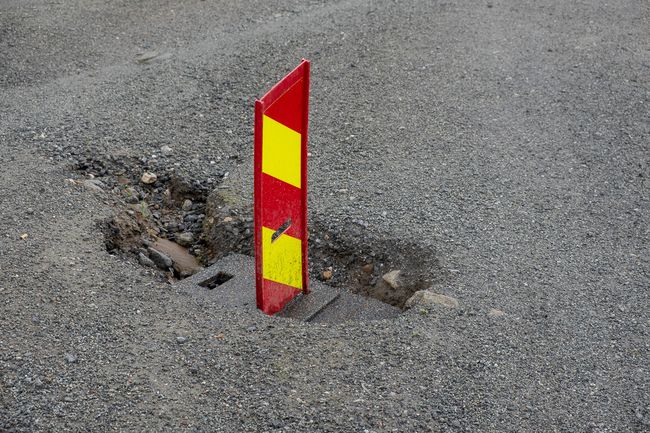
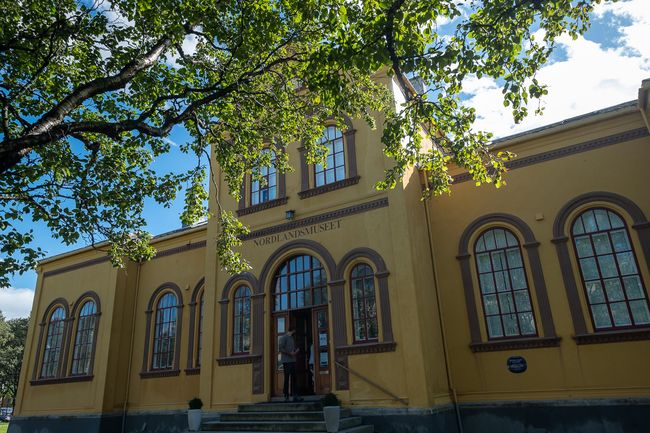
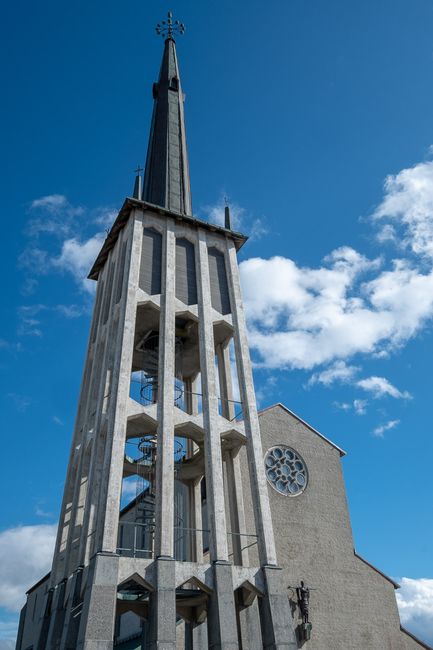
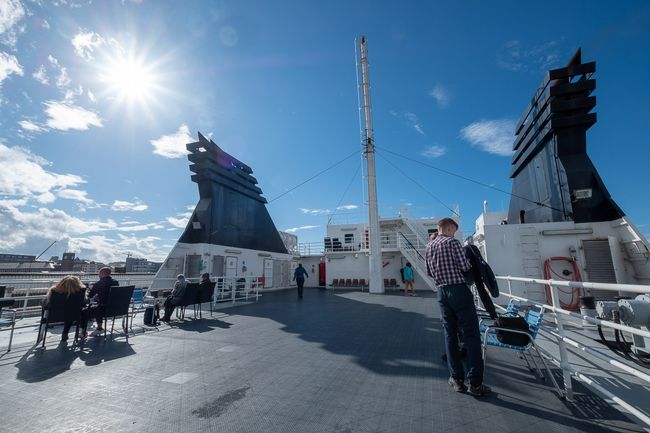
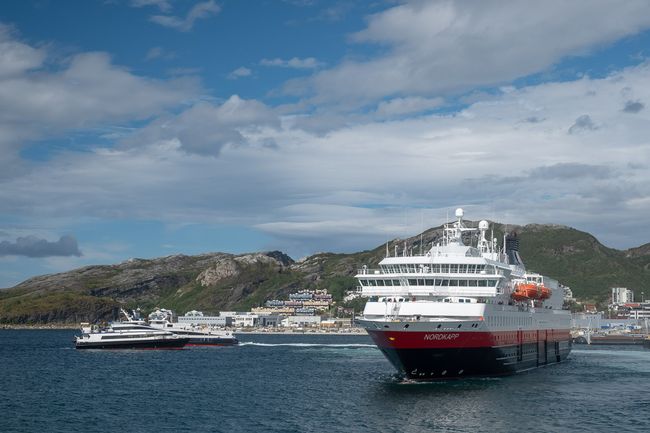
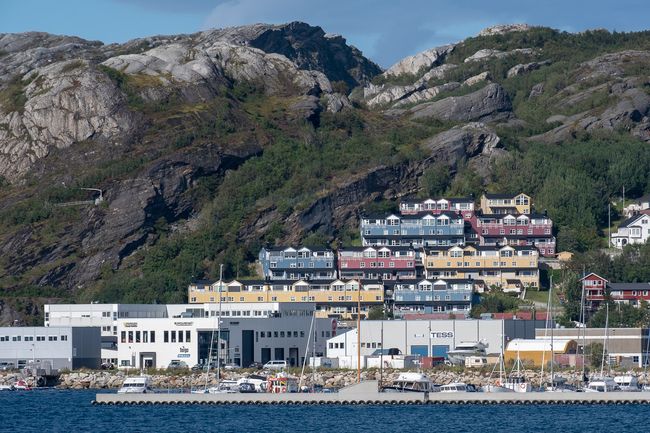
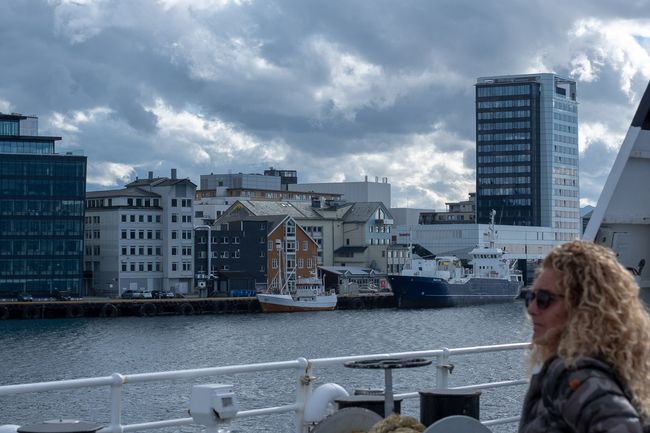
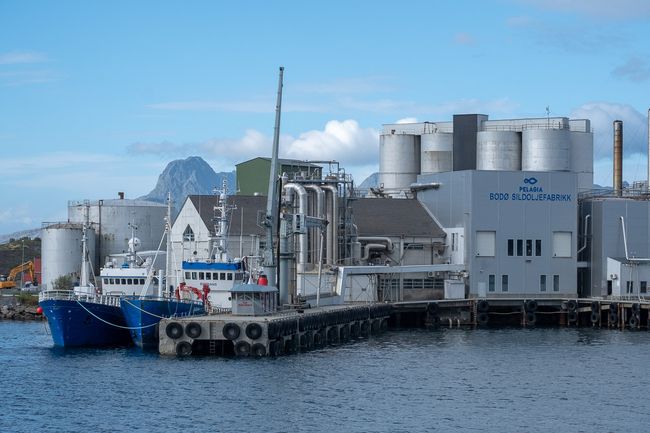
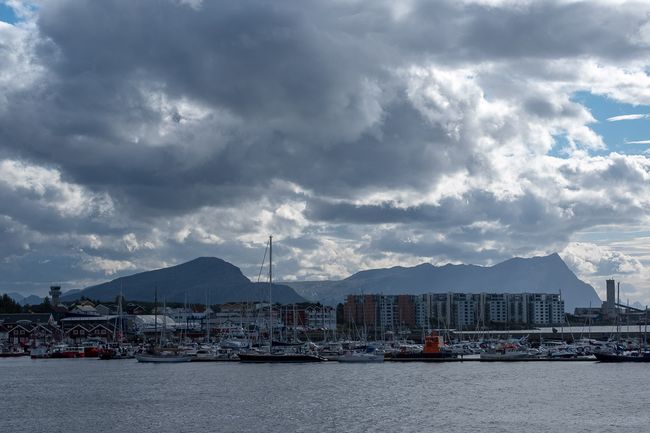
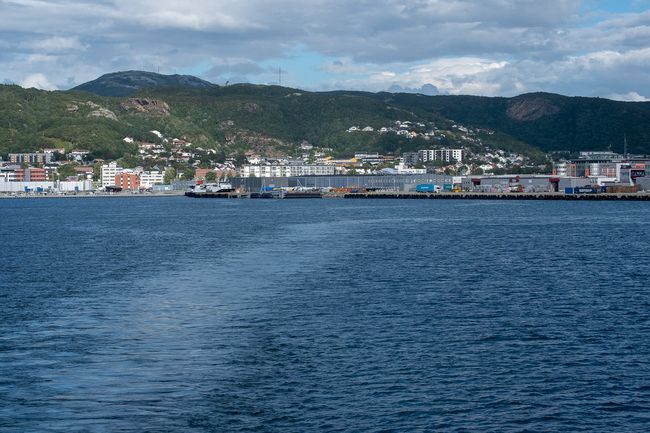
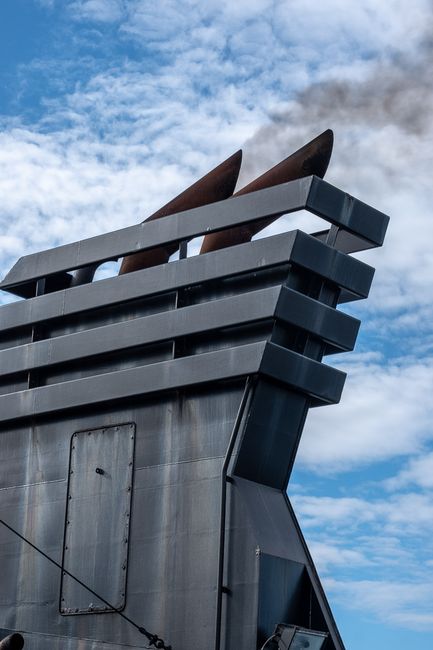
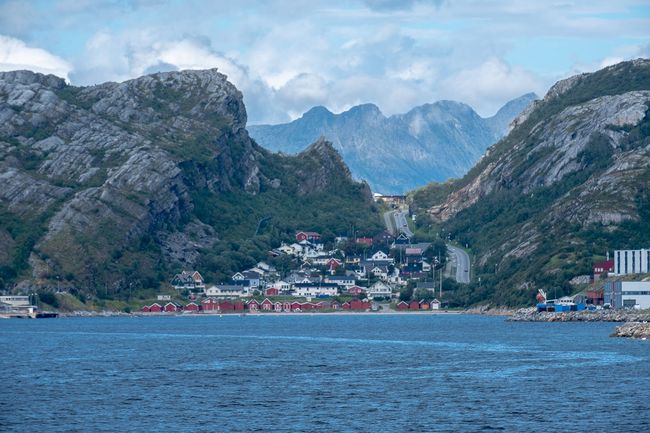
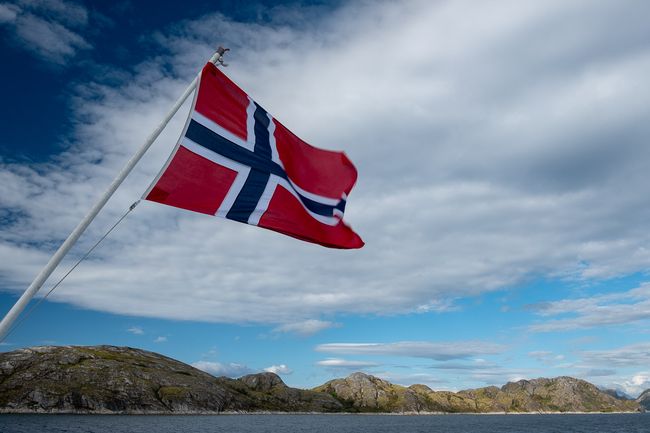
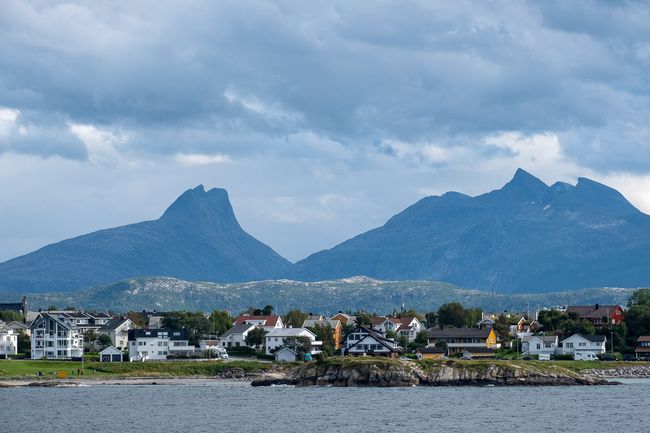
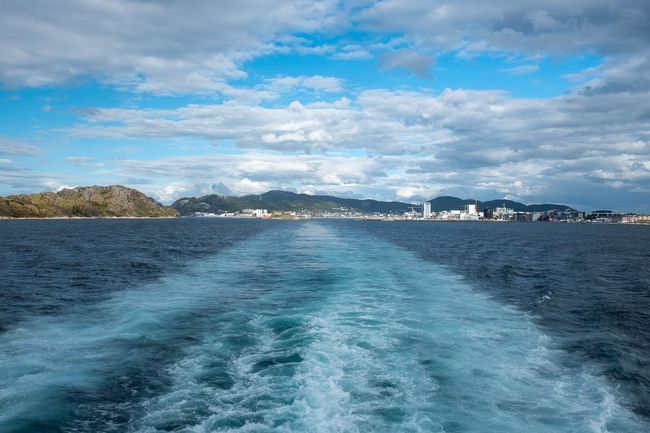
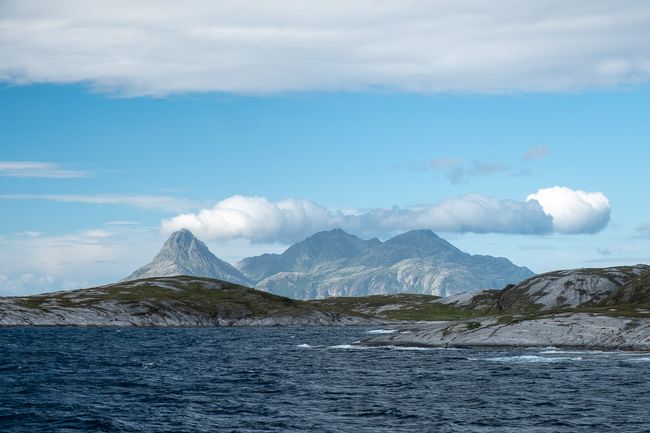
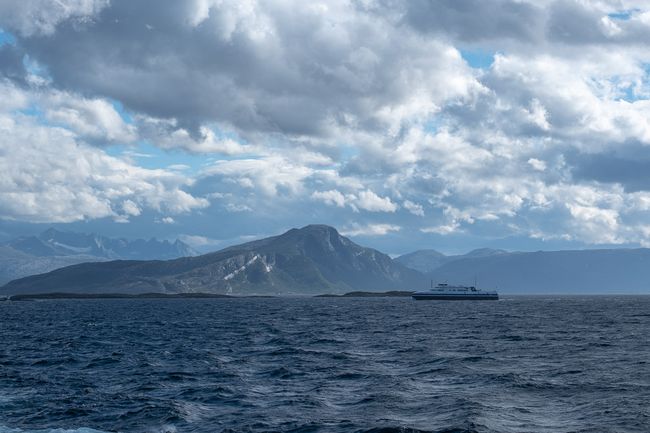
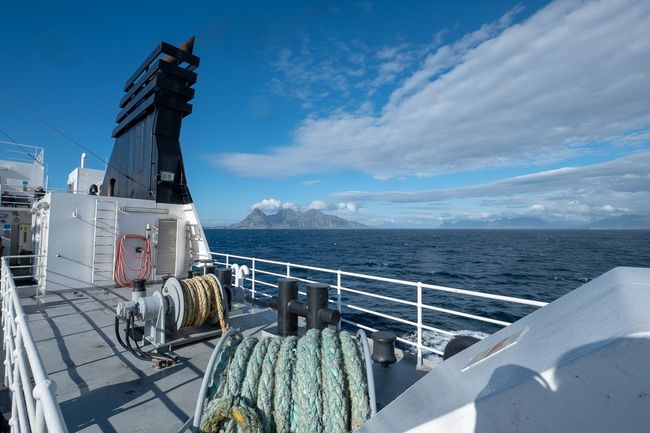
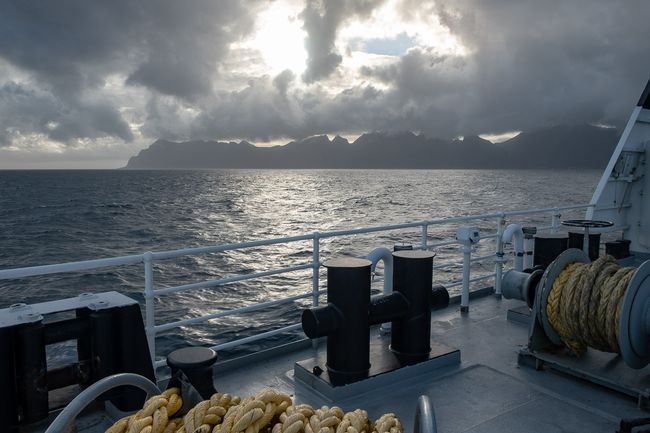
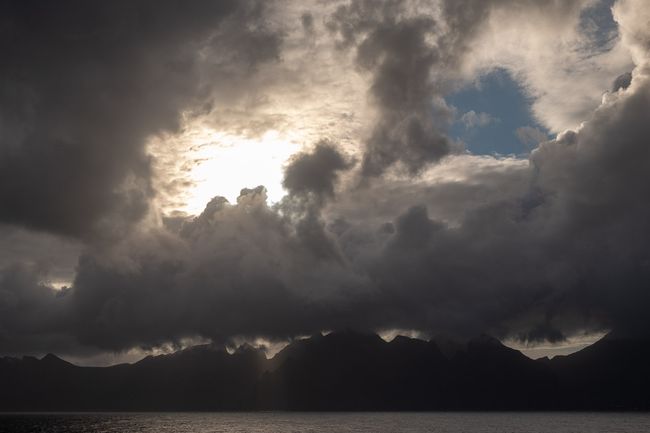
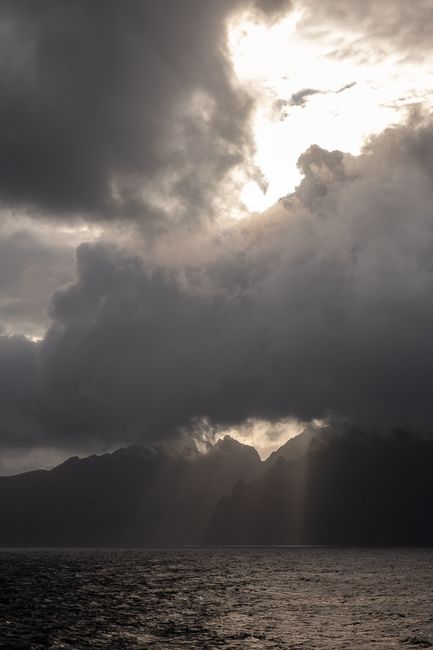
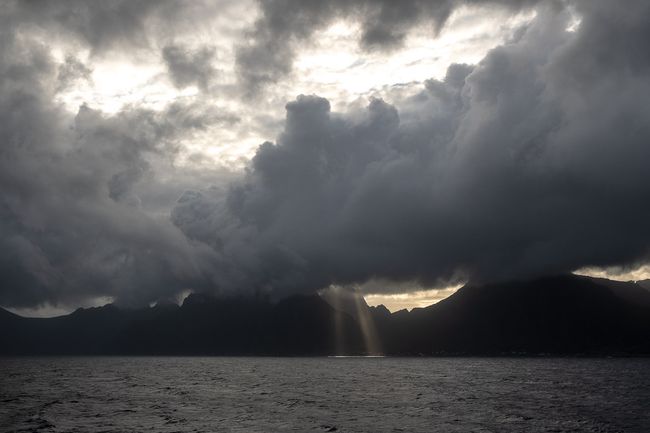
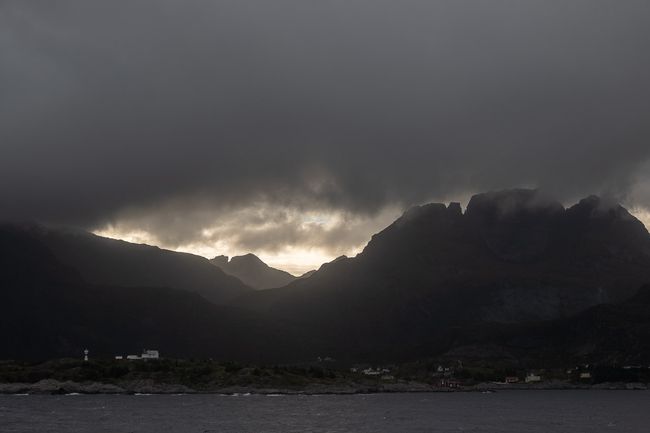
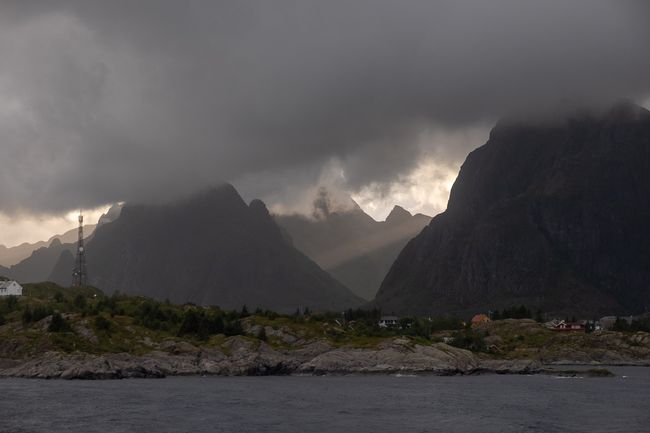
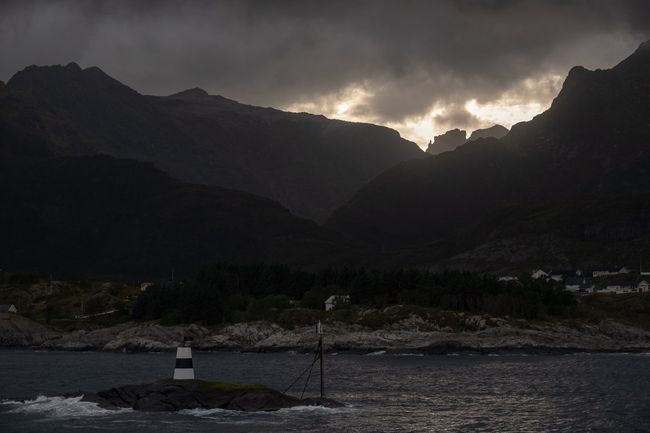
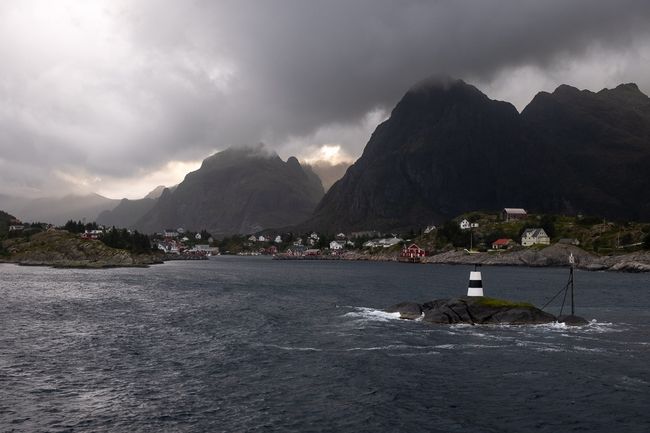
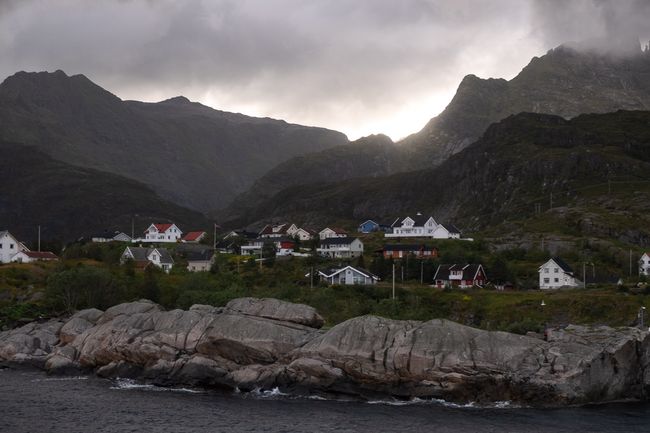
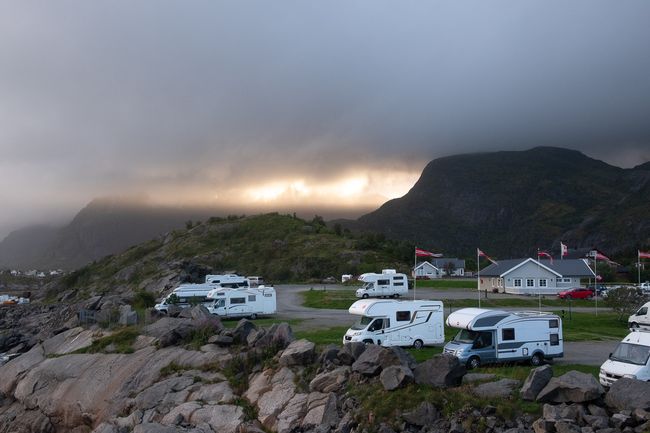
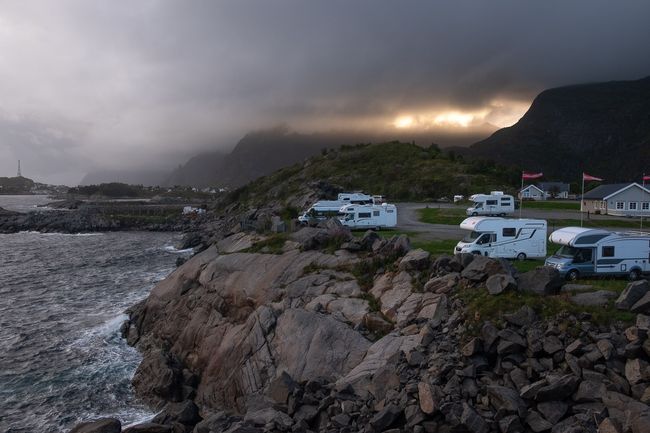
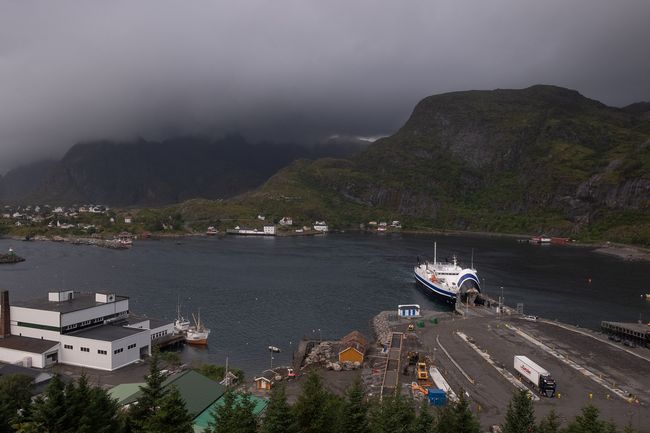
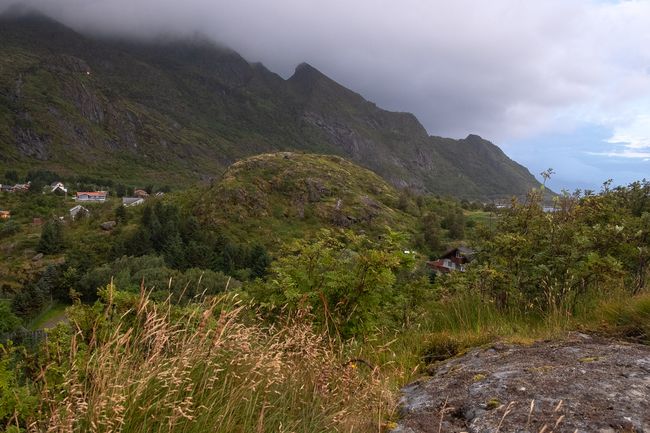
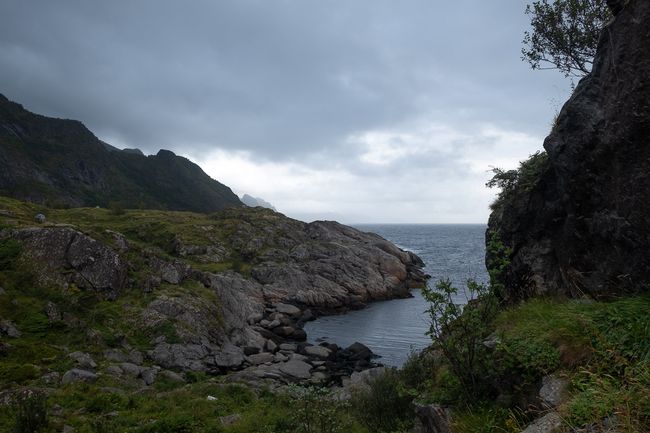
Wɔ Nudɔdɔ na Nyadzɔdzɔgbalẽ
The day has come for the crossing to our final destination: the Lofoten Islands!
Originally, we had planned to reach the Lofoten Islands by land. Upon closer consideration, that was not very practical considering the return journey, as we would have to cover the entire distance from the west end to the east end again. So, we are taking the car ferry from Bodø to Moskenes, a small town on the westernmost island of Moskenesøy in the archipelago.
Since the ferry doesn't depart until 4:00 PM, we still have some time to make good use of until then. Yesterday, we saw the incoming Saltstraumen, today we won't miss experiencing the outgoing flow into the sea. But this time, not on the bridge, but underneath it. From this perspective, it's surprising to see that the current forms something like a mountain on the water. The inner area of the current is elevated above the areas with less current, and strong whirlpools form at the transition. Occasionally, schools of fish pass by, and you can see some of them jumping out of the water. Some of them will probably end up in the beak of a seagull.
After the second time at Saltstraumen, we continue to Bodø. The city was founded in 1816 to develop a trade city for Nordic fishermen as a counterweight to Bergen and to reduce the influence of the Danish, who ruled Norway at that time. During World War II, the city was nearly completely destroyed in the German invasion (Operation "Weser Exercise") during air raids. Unfortunately, none of the historical buildings in the core area have been preserved. Bodø was then completely rebuilt and today has a completely different, more modern, and in the eyes of many, a more sterile cityscape.
We don't have much time, so we decide to visit the Nordland Museum, where the city's history is presented. Afterwards, we take a look at the city cemetery, which is located right next to the airport, hoping to see some of the fighter jets whose noisy takeoffs we have been hearing all the time - in vain.
Then it's time for boarding. The ferry is much smaller than the ship we took for the crossing to Bergen, and accordingly, we feel the slightly rougher sea. At times, the ship rolls so much around its longitudinal axis that I feel quite sick.
After a journey of just under four hours, we reach the Lofoten Islands. The first impression when passing by the westernmost edges of the island group is gigantic - dark, low-hanging clouds over jagged, towering mountain ridges. The sun can only be seen vaguely behind them, occasionally shining golden rays like spotlights through small cracks in the cloud cover. I feel a bit like an explorer encountering unknown land.
The campsite for tonight is right next to the harbor, how convenient. It is surrounded by cliffs, right by the sea, and offers an incredible view. However, the wind is blowing so strongly that I wake up several times during the night, worrying that it might warp our rooftop tent.
Wɔ Nudɔdɔ na Nyadzɔdzɔgbalẽ
Ŋuɖoɖo
